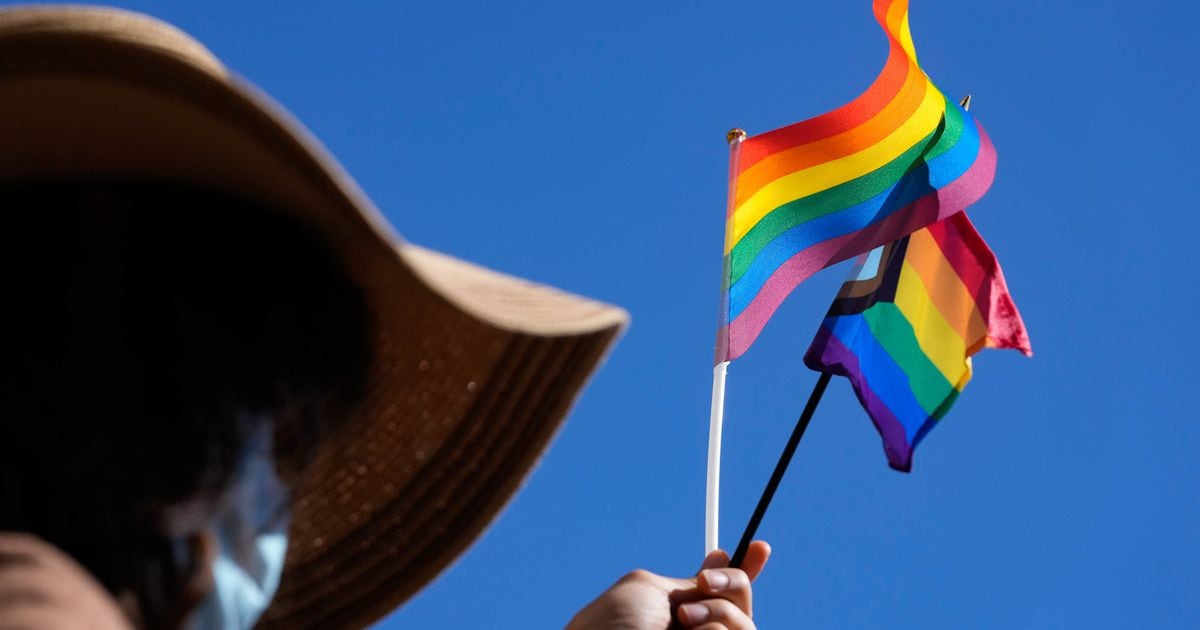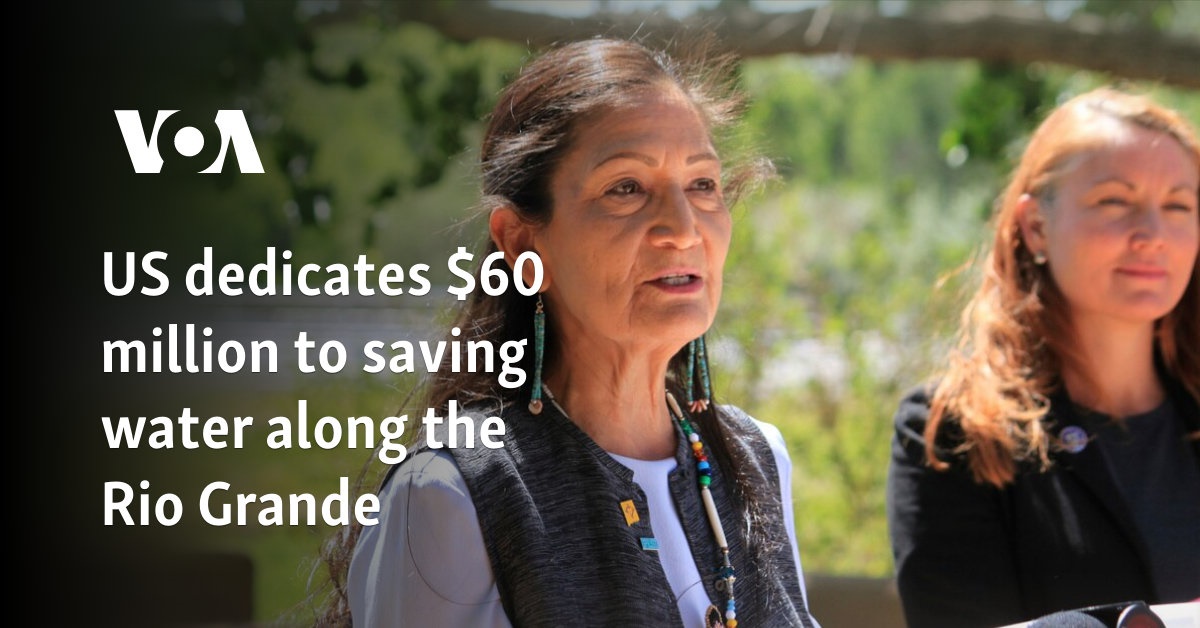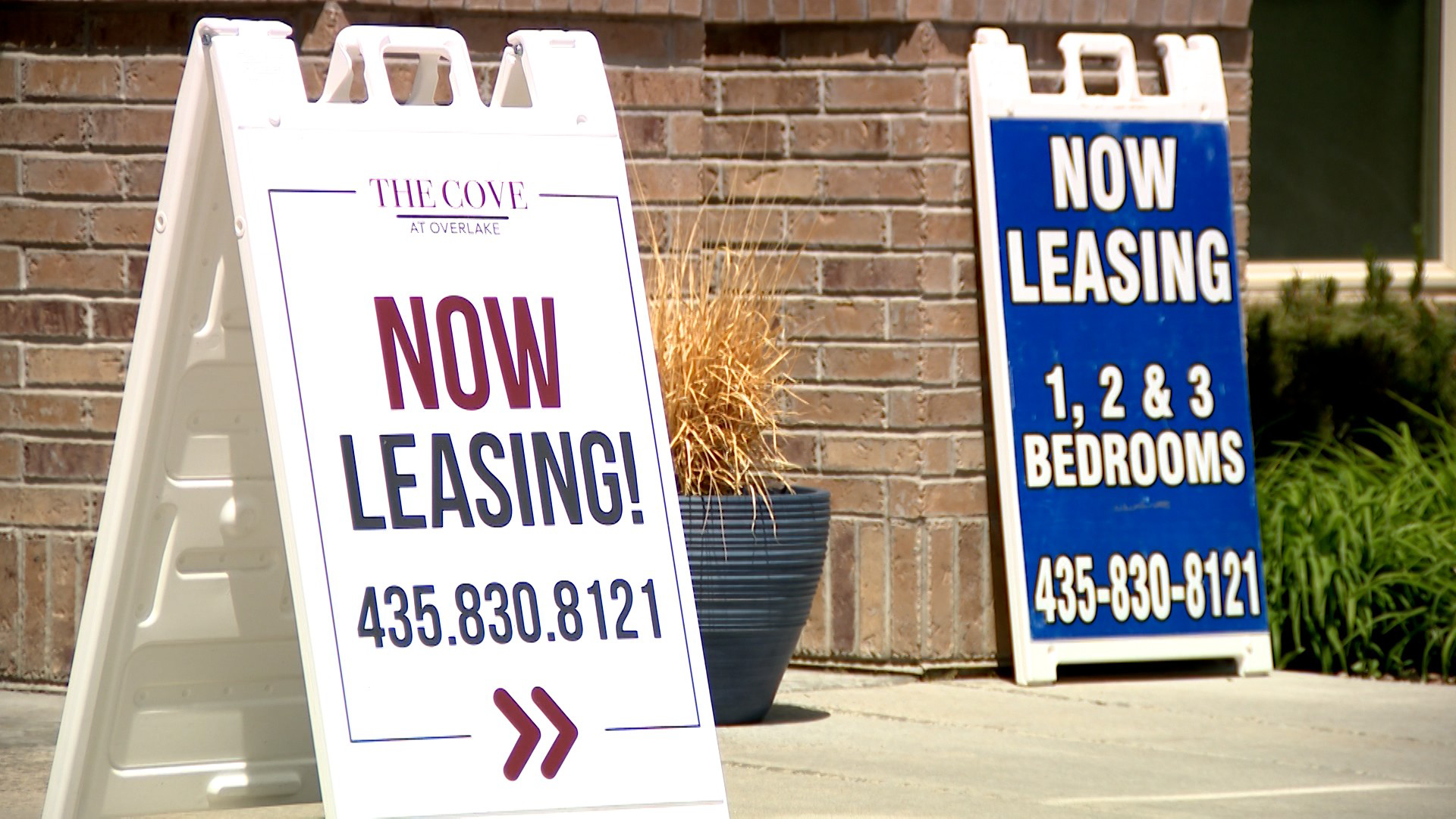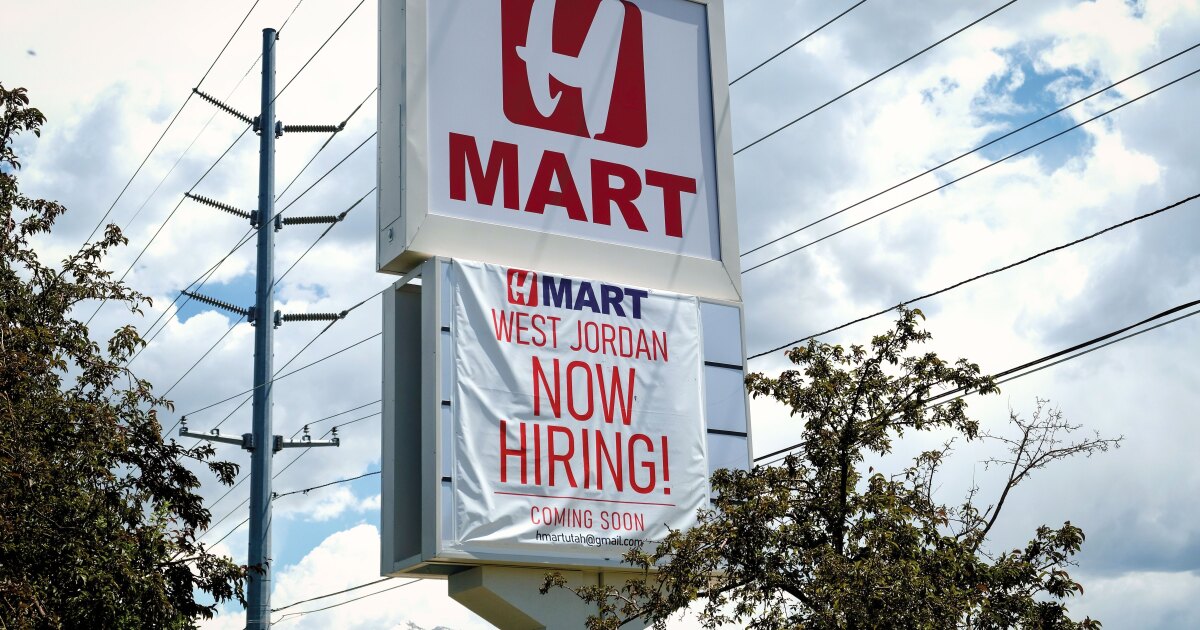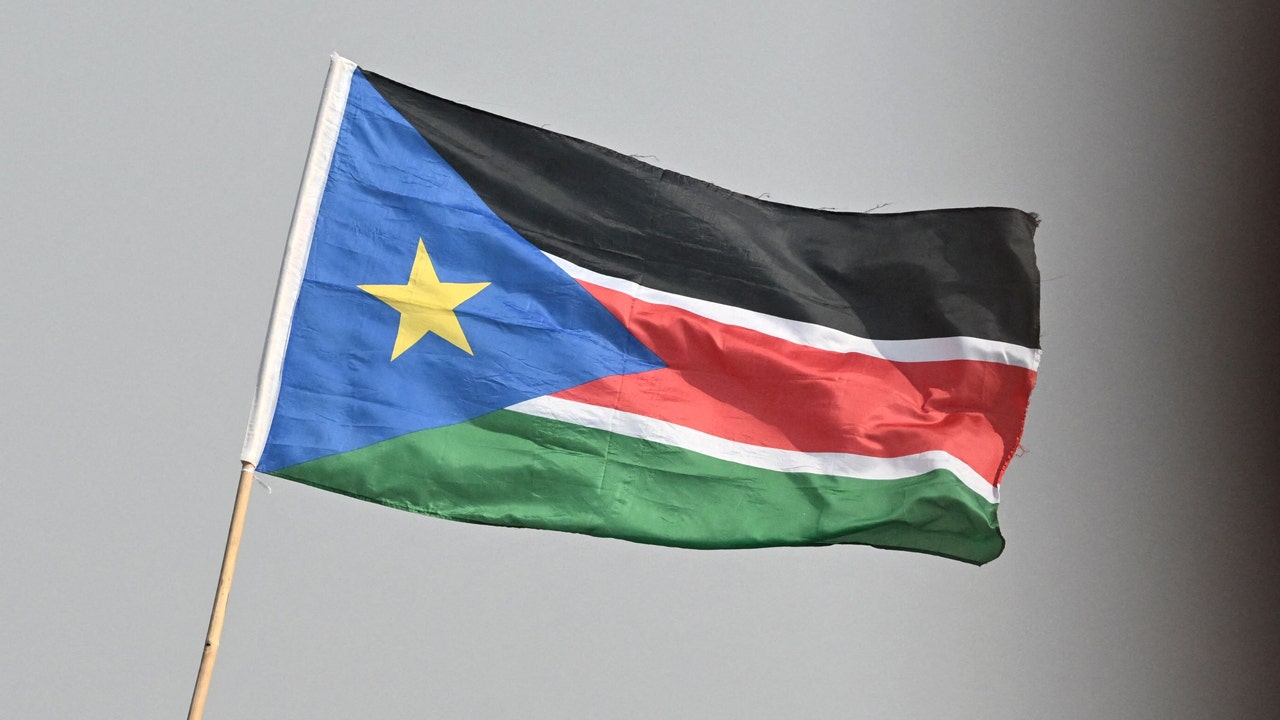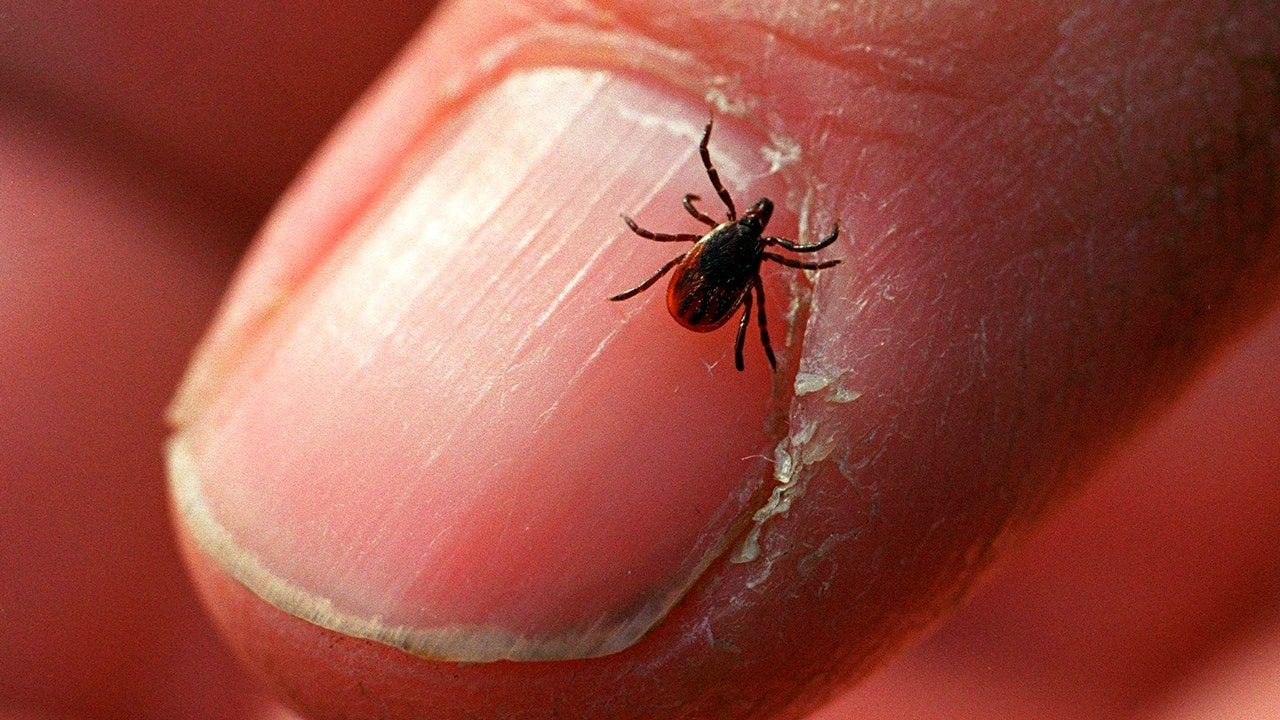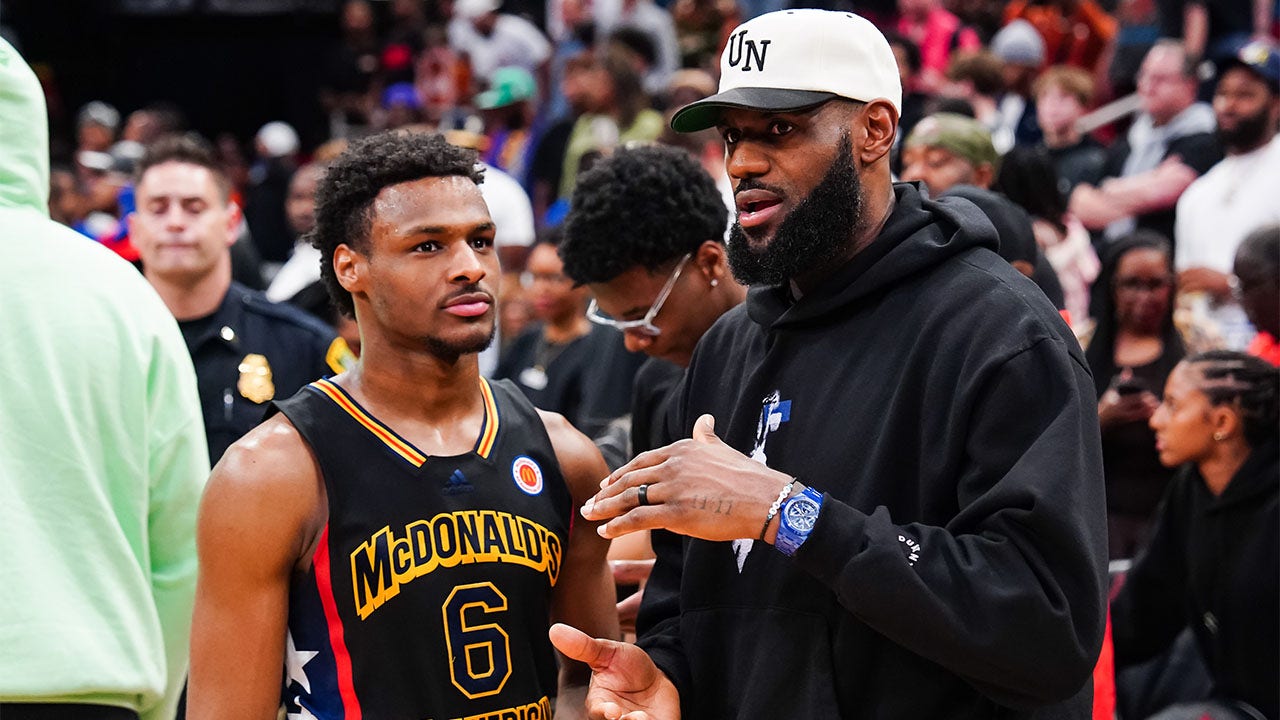A legislative attempt to control what Utah teachers can say and display in K-12 schools — including pride flags — failed Monday.
Utah House members this week rejected HB303, a bill that stood to prevent school officials from “endorsing or disparaging” certain “political” viewpoints, including LGBTQ-related issues such as “gender identity” and “sexual orientation,” according to the bill.
It also would have banned teachers from displaying political or religious symbols in their classrooms, such as pride flags.
While the proposal explicitly defined certain LGBTQ-related topics as “political viewpoints,” lawmakers were concerned the term could be broadly misinterpreted, calling it “sketchy territory” and arguing it may unintentionally “scare” teachers into silence.
“In order to teach students to think, sometimes you’re going to talk about controversial issues,” said Rep. Joel Briscoe, D-Salt Lake City.
Briscoe, a former high school government teacher, said the bill could conflate the role of an educator tasked with teaching critical thinking skills with “endorsing political viewpoints.”
When he taught, Briscoe said, his classes would often discuss Supreme Court decisions, civil rights and immigration. Briscoe said he would challenge students to think about issues differently and often played “devil’s advocate” to encourage deeper thinking.
“I’m telling you, this bill will scare teachers,” Briscoe said during House discussions Monday. “We’ve passed other bills. Other states are passing bills. And teachers across the country are hunkering down”
Bill had certain exceptions
(Trent Nelson | The Salt Lake Tribune) Rep. Jeffrey Stenquist, R-Draper, looks on as a student speaks against a classroom neutrality proposal during a meeting of the Education Interim Committee in Salt Lake City on Wednesday, Nov. 15, 2023.
The bill would have expanded the range of topics school employees are not allowed to “promote,” building upon existing restrictions — which are primarily religious prohibitions — set by Utah law to uphold “constitutional freedom” in public schools.
Though the bill would have banned all political and religious symbols, it carved out exceptions for religious jewelry and personal photographs.
“What happens when a kid asks about a picture?” asked Rep. Sahara Hayes, D-Salt Lake City. “I worked at a religious summer camp for several years. I loved it there. If a child asks about my time there, could I say that I enjoyed it, or would that be endorsing?”
“There are almost an infinite number of hypothetical what-ifs that we could we could spend the rest of the session talking about,” said the bill’s sponsor Rep. Jeff Stenquist, R-Draper. “It’s been noted that professionals, teachers, have training and they know how to deal with precocious students.”
Hayes retorted that those “hypotheticals” would be a reality if the bill were to pass.
Stenquist has tried to limit LGBTQ discussions in schools before
This isn’t the first time Stenquist has sponsored a measure that stood to limit LGBTQ-related discussions in schools.
During last year’s legislative session, he ran a bill that would have prohibited any discussion of sexuality, sexual orientation and gender identity in kindergarten through third grade. HB550 took language directly from a controversial Florida bill that became more widely known as the “Don’t Say Gay” measure.
But after pushback from the LGBTQ community, Stenquist revised his draft, lifting the proposed ban on sexual orientation and gender identity but keeping the prohibition on sexuality. The bill ultimately failed to pass.
HB303 had reintroduced prohibitions on “sexual orientation” and “gender identity,” but Stenquist previously told The Salt Lake Tribune it wasn’t meant to target “any specific ideology or political worldview.”
Though the bill has failed, there’s a slight chance it could be revived if a lawmaker who originally voted against the bill motions to reconsider it. If that motion is successful, the bill could be amended and put to vote once more. The deadline for doing so would be by the end of Tuesday.

